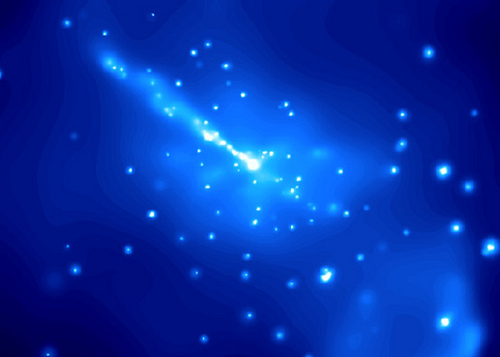GSU Astronomy Professors Publish on Be Stars and Black Holes

Several Georgia State University Astronomy students and faculty have recently published articles in the Astrophysical Journal. Check out their research:
Georgia State professor Douglas R. Gies, postdoc Yamina N. Touhami, and Ph.D. candidate Tiffany D. Pewett published on the detection of a subdwarf companion star to the Be star 59 Cygni. Their discovery, derived from different sets of spectral data on 59 Cygni, sheds light on the nature of rapidly-rotating Be stars.
Georgia State professor Misty C. Bentz published on observations of five active galactic nuclei, highly luminous centers of galaxies believed to be caused by supermassive black holes. Velocity-delay maps, which provide information on the structure and motion of the mapped black holes, are difficult to calculate; this paper both adds to the number of maps and demonstrates their reliability as measurements.